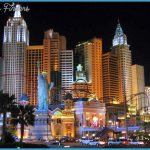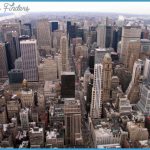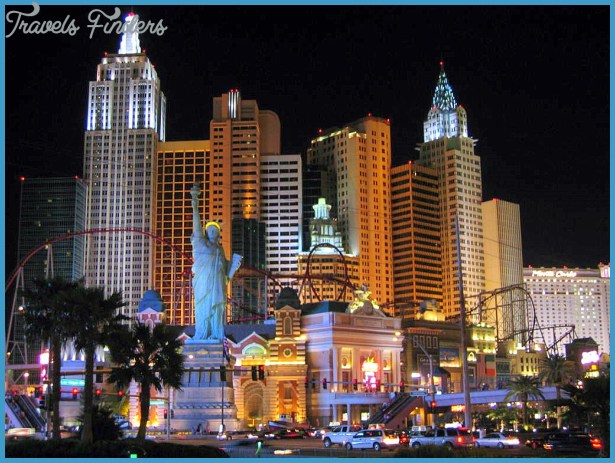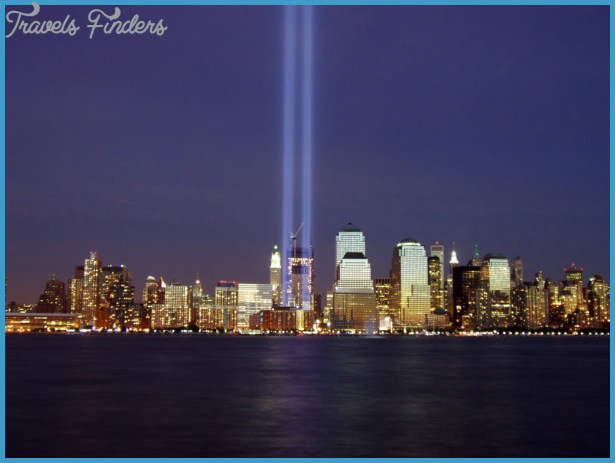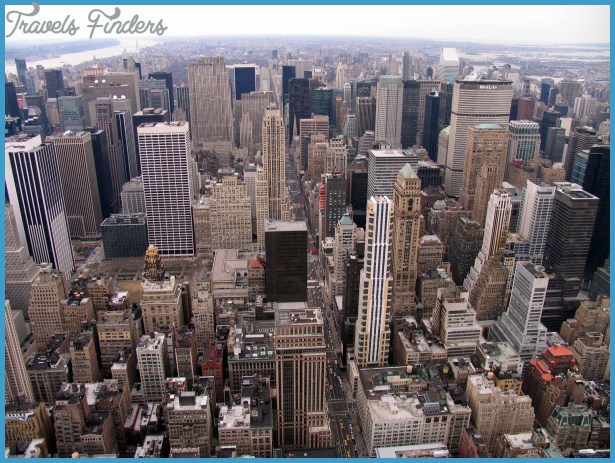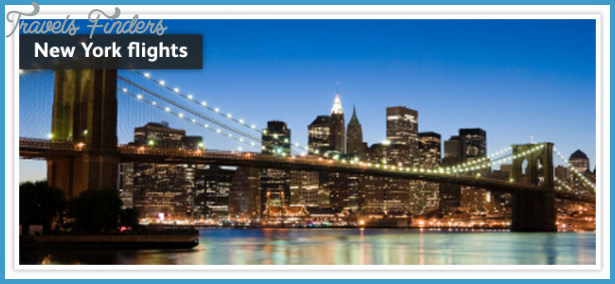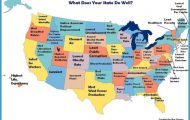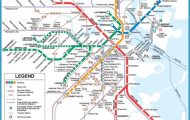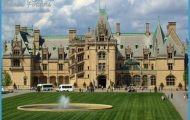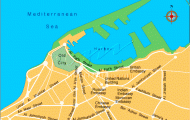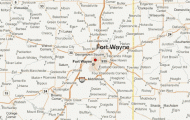New York The Making of the Dominican Community
The history of Puerto Ricans and their experiences with the economy, politics, cultures, and institutions of New York City contributed to define the environment for the other Spanish-speaking groups that came after them. They are still the obligatory point of reference to understand what more recent settlers, such as the Dominicans, have been experiencing.
Rafael Trujillo, the dictator who ruled Dominican Republic from 1930 until his assassination in 1961, kept a tight lid on that nation’s borders. Trujillo needed workers for his expanding industrial economy, but he also wished to prevent
disaffected Dominicans from going out and plotting his overthrow. When Trujillo took power, the Dominican Republic had a population of 1 million; Trujillo stimulated population growth and raised women’s reproductive role to the status of a patriotic feat. By the time of his death, the Dominican population had risen to 3 million. In the 1930s the Dominicans living in New York spent much of their time and energy agitating and organizing the opposition to the tyrant ruling their country. Together with the Cubans, who opposed the dictatorship of Fulgencio Batista, in the 1950s Dominicans wrote, spoke out, and embarked on campaigns (some military) to jointly rid their islands of dictatorships. Leaders such as Fidel Castro and Juan Bosch stopped by New York to spur political and monetary support for their revolutionary endeavors.
There were 9,223 Dominicans residing legally in New York on the eve of Trujillo’s fall.11 Soon after this event, many Dominicans returned to their nation. However, the turbulent period that followed the end of the Trujillo regime caused a greater migration flow toward New York. The emigration after 1961 was in part politically motivated now it was the turn for individuals formerly associated with Trujillo to leave for the United States. Nonetheless, the outflow also included people who wanted a better standard of living, which the United States in general, and New York in particular, could offer. The United States granted visas generously to Dominicans to diffuse the revolutionary fervor that erupted with the end of Trujillo’s regime; and especially during the insurrection of April 1965, when
25,000 U.S. marines invaded the Dominican Republic to avoid the triumph of the constitutionalist sector of the armed forces, who favored the return to power of President Juan Bosh, overthrown in September 1963. The intervention of the United States secured a political regime, headed by Joaquin Balaguer, responsive to U.S. interests. The Hart-Celler Act of 1965 opened wider the door to migration from the Dominican Republic by granting priority to family reunification and setting no limit on the number of visas requested under this criterion. Those Dominicans who established a beachhead as legal residents or citizens in the state of New York petitioned for their relatives, eventually producing a ballooning effect throughout the succeeding decades. The number of Dominicans admitted to the United States has escalated over time: from an annual average of 9,000 in the 1960s to 14,000 during the 1970s to 25,000 in the 1980s, reaching an average of over 40,000 in the 1990s.12
Puerto Ricans and Dominicans in New York State have been influencing each other despite instances of rivalry and citizenship status differences. Thus, although sizable concentrations of Dominicans have become prominent in Washington Heights, Inwood (Manhattan), and Corona (Queens), they have increasingly been sharing housing space with Boricuas (the Spanish name for people from Boriken, Puerto Rico’s indigenous name) in neighborhoods long known as Puerto Rican, such as the Lower East Side in Manhattan; East Harlem, East
New York, and Sunset Park in Brooklyn; as well as the South Bronx. Dominicans bought many bodegas (colmados or pulperias) from a previous generation of Puerto Ricans and Cubans on their way to retirement. Moreover, Dominicans and Puerto Ricans have been attending houses of worship together, marrying one another, and begetting a new generation of New Yorkers from mixed Dominican-Puerto Rican background. Old-country nationalism wanes, while pride on a common U.S. and Caribbean heritage is born.
Dominicans’ entry to New York State happened at a moment when the state’s economy was undergoing a restructuring from mostly manufacturing to one based on services. In this respect, the economic opportunities for Dominicans in the 1960s coincided with those for Puerto Ricans, whose prospects for upward social mobility were dimming at that time. Dominicans started to come in larger numbers precisely when manual jobs, especially in big and unionized factories, were fast declining. During the 1970s and 1980s, the eagerness of Dominicans to earn an honest living led them to compete with other Latinos for jobs in the remaining factories left in Brooklyn and Manhattan, particularly in the garment sector. The garment industry had been a mainstay for Puerto Ricans, especially women, in the previous two generations. Dominicans of more recent vintage found it increasingly difficult to gain employment in New York industries; thus in the 1980s New Jersey became the principal source of manufacturing jobs for thousands of Dominicans who commuted daily back and forth between the Empire and Garden states.
Washington Heights above 125th Street, in northern Manhattan became for Dominicans what El Barrio has been for Puerto Ricans. In fact, the area is also known as Dominican Heights, or Quisqueya Heights (a folk name for the Dominican Republic). Dominican entrepreneurs have established a multitude of businesses along main thoroughfares, such as Broadway, St. Nicholas Avenue, Dyckman Street, and 207th Street.
The hundreds of thousands of Dominicans who settled in the area have created a vibrant marketplace for locally produced and imported goods, as well as a variety of services, most of them typical of migrant communities, such as travel agencies, calling booths, money wire services, restaurants, music stores, bakeries, and the famous bodegas and beauty parlors. At the beginning of the 1990s, 70 percent of the bodegas in New York City were owned by Dominicans. Their control of several chains of supermarkets made Dominican entrepreneurship legendary. At the opening of the 1990s, 7 percent of Dominicans owned their own business.13 Between the continuous stream of well-educated Dominicans coming to New York and the rising number of U.S.-born and college-educated Dominicans, the community has seen the consolidation of a sector capable of generating and taking advantage of business opportunities. Nevertheless, a less glamorous underside of entrepreneurship is that for a great number of Dominicans and other Latinos, small-business ownership is just a
survival strategy to cope with employment dislocation and lack of access to formal credit lines.

